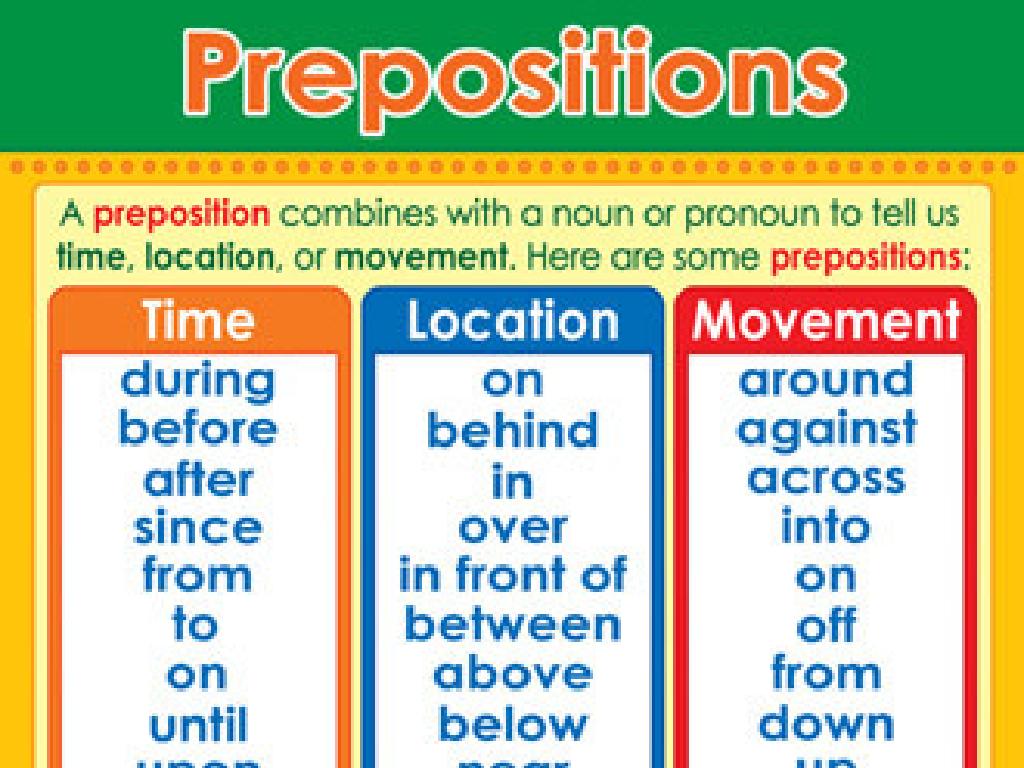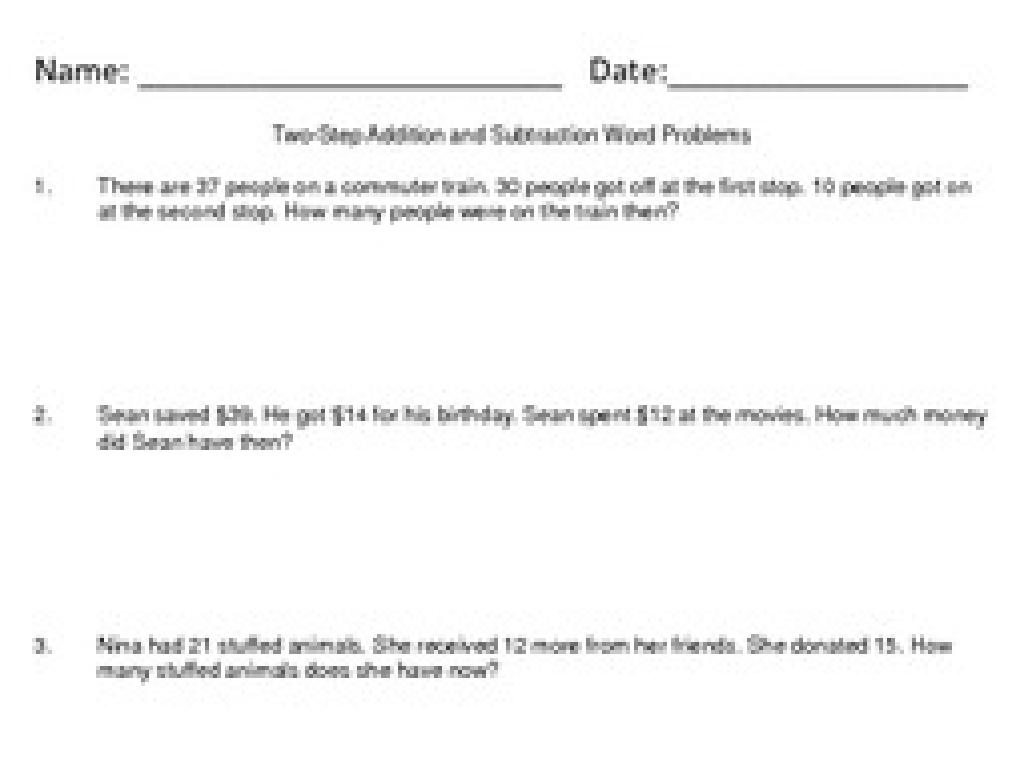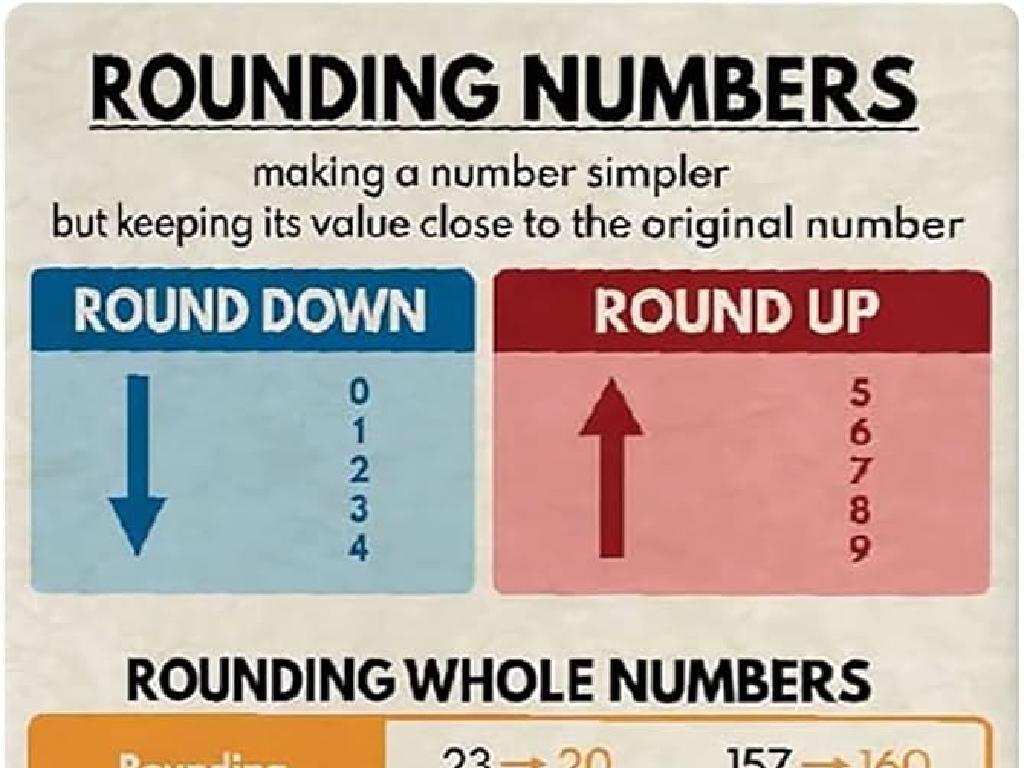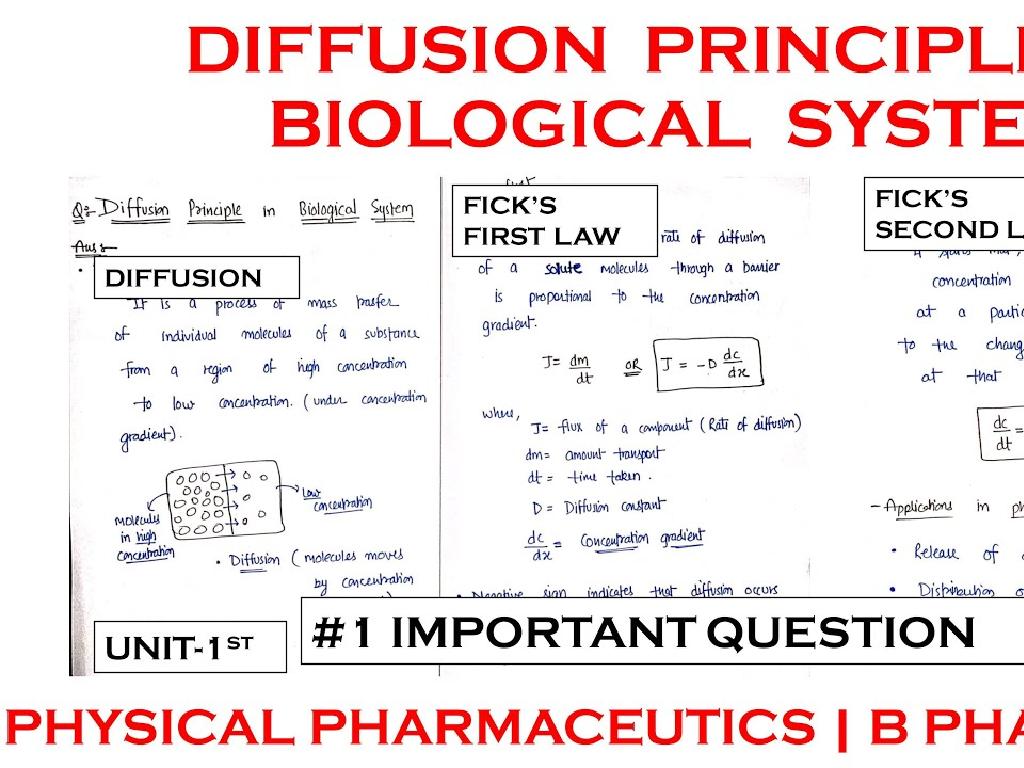Label Magnets That Attract Or Repel
Subject: Science
Grade: Third grade
Topic: Magnets
Please LOG IN to download the presentation. Access is available to registered users only.
View More Content
Welcome to the World of Magnets!
– Discover what magnets are
– Magnets: objects that can pull or push certain metals
– Explore magnets in daily life
– Fridge magnets, compasses, and door latches use magnets
– Learn about attraction and repulsion
– Magnets have two poles that either attract or repel each other
– Class activity: Find magnetic items
– Search for items at home that stick to magnets
|
Begin the class by introducing magnets as fascinating objects that can either attract or repel certain metal objects. Explain that magnets are everywhere in our daily lives, from the fridge magnets holding up drawings to the compasses that help us find our way. Discuss the concept of magnetic poles, which are the ends of a magnet and are responsible for the forces of attraction and repulsion. For the class activity, encourage students to find and bring in items from home that are magnetic, fostering hands-on learning. Provide guidance on safety, ensuring students understand not to bring in sharp or heavy objects. This activity will help them identify magnetic materials and understand the practical uses of magnets in everyday life.
Exploring Magnets: Attraction and Repulsion
– What is a magnet?
– An object that can pull certain materials towards it
– Magnets have North and South poles
– Every magnet has two ends: one North pole and one South pole
– Like poles repel each other
– North to North or South to South push away
– Opposite poles attract
– North to South poles pull towards each other
|
Begin the lesson by explaining what a magnet is, emphasizing its ability to attract or repel certain materials such as iron. Introduce the concept of magnetic poles, ensuring students understand that every magnet has a North and a South pole. Use visual aids to demonstrate how like poles repel each other while opposite poles attract. This can be done with bar magnets or magnetic wands. Encourage students to predict what will happen when different poles are placed near each other before demonstrating. This foundational knowledge sets the stage for further exploration into magnetic fields and practical applications of magnets in everyday life.
Magnetic Materials: Attract or Repel?
– Not all materials are magnetic
– Iron, nickel, cobalt attract magnets
– These metals have special properties that magnets like
– Discover magnetic materials around us
– Use a magnet to explore and find out what sticks to it
– Test objects to see if they’re magnetic
– Try paperclips, coins, or other small objects to learn
|
This slide introduces students to the concept that not all materials are magnetic, focusing on the fact that iron, nickel, and cobalt are magnetic materials. Encourage the students to think about and list common objects they believe might be magnetic. Plan a hands-on activity where students can use a magnet to test various objects in the classroom to see if they are attracted to the magnet or not. This will help them understand the concept of magnetism through real-world examples. Make sure to have a variety of objects available for the students to test, including some non-magnetic items to illustrate the point that not all materials will be attracted to a magnet.
Magnets: Attract or Repel?
– Magnets: Pulling together or pushing apart
– Attraction: Magnets coming together
– When two magnets stick, we say they ‘attract’.
– Repulsion: Magnets pushing away
– When two magnets don’t stick and move away, they ‘repel’.
– Exploring magnet interactions
– Let’s try with different magnets to see how they behave!
|
This slide introduces the basic concepts of magnetic attraction and repulsion to third-grade students. Begin by explaining that magnets have a special force that can either pull them together or push them apart. When they come close, they will either stick together (attract) or push away from each other (repel). Use simple language and real-life examples, such as fridge magnets, to illustrate these ideas. Encourage students to think about and share their own experiences with magnets. Plan a hands-on activity where students can experiment with magnets to see this force in action, helping them to understand and remember the difference between attraction and repulsion.
Magnet Exploration: Attraction and Repulsion
– Conduct a magnet experiment
– Discover magnetic attractions
– Test which objects stick to magnets
– Observe magnet interactions
– See how magnets push or pull each other
– Record your findings
|
This hands-on experiment is designed to help students understand the basic properties of magnets through direct interaction. Provide each student or group with a magnet and a set of objects to test for magnetic attraction. Encourage them to predict which objects will be attracted to the magnet before testing. Then, have them explore the interaction between two magnets, feeling the force of attraction and repulsion. Students should take notes on their observations, which will be discussed in the next class. Possible objects for testing include paper clips, coins, rubber bands, and small toys. Ensure safety by supervising the experiment and explaining that magnets should not be placed near electronic devices.
Labeling Magnetic Forces: Attraction and Repulsion
– Magnets pulling together: ‘Attract’
– ‘Attract’ means to come together or move closer
– Magnets pushing apart: ‘Repel’
– ‘Repel’ means to push away or move apart
|
This slide is aimed at helping third-grade students understand the basic interactions between magnets. When two magnets are brought close to each other, they will either pull together or push apart. This pulling together is called ‘attraction’ and is labeled as ‘Attract’. When they push apart, it’s called ‘repulsion’ and is labeled as ‘Repel’. During the class, demonstrate with actual magnets how they attract and repel. Let students experiment with magnets to feel the force of attraction and repulsion. Encourage them to observe how opposite poles attract while like poles repel each other. This hands-on experience will help solidify their understanding of magnetic forces.
Magnetic Scavenger Hunt Activity
– Explore with magnets around the room
– Test objects to see if they stick
– Use your magnet on various items like paperclips, coins, etc.
– Record findings on your checklist
– Mark ‘attracts’ or ‘repels’ next to each item
– Discover what attracts and repels
|
This class activity is designed to help students understand the concept of attraction and repulsion in magnets through a fun and interactive scavenger hunt. Provide each student with a magnet and a checklist. The checklist should have a list of objects they need to find and test with their magnet. Encourage them to predict whether an object will be attracted or repelled before testing. After the activity, discuss why some objects were attracted while others were not, linking the discussion to the materials the objects are made of (e.g., metals like iron, nickel, and cobalt are magnetic). Possible objects for the scavenger hunt: paperclips, coins, rubber bands, plastic toys, wooden blocks, fabric pieces, and aluminum foil. This will help reinforce their understanding of magnetic materials and non-magnetic materials.
Magnets: Conclusion and Review
– Key points about magnets
– Examples of magnetic materials
– Iron, nickel, and cobalt are magnetic.
– Like poles repel each other
– Unlike poles attract each other
|
As we wrap up today’s lesson on magnets, let’s review the key concepts we’ve learned. Magnets have two poles, north and south, and they interact with each other in specific ways. Materials that are attracted to magnets include iron, nickel, and cobalt. It’s crucial for students to remember that like poles will push away from each other, which is called repelling, while opposite poles will pull towards each other, known as attracting. Encourage the students to think of real-life examples where they have seen magnets attract or repel, such as in refrigerator magnets or toys. This will help solidify their understanding of the concepts discussed today.
Homework Challenge: Exploring Magnetism
– Find 3 magnetic objects at home
– Use a fridge magnet to test objects
– Draw magnets attracting each other
– North pole to south pole will attract
– Observe what happens
– Share your findings in class
|
This homework assignment is designed to give students a practical understanding of magnetism through hands-on experience. Students should use a magnet, like one from the refrigerator, and test various objects at home to find at least three that are attracted to the magnet. They should also draw a picture showing the attraction between the north pole of one magnet and the south pole of another, reinforcing the concept that opposite poles attract. Encourage creativity in their drawings and ensure they observe the magnetic force in action. In the next class, provide time for students to share their findings and discuss the different magnetic materials they discovered. This activity will help solidify their understanding of magnetic attraction and repulsion.






